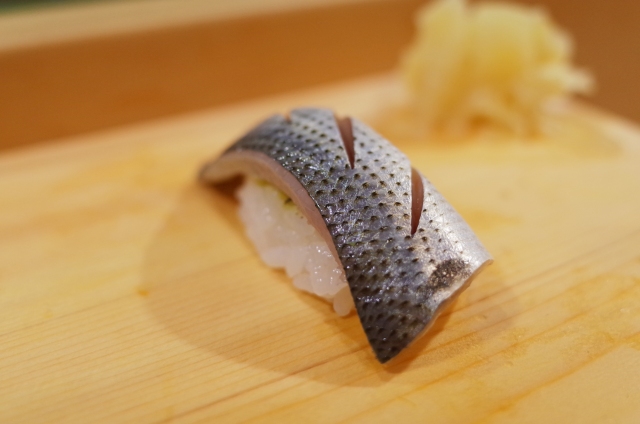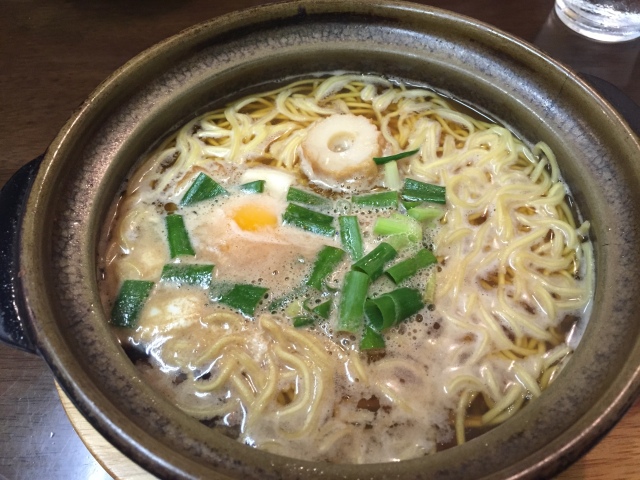A fish burger to save a struggling region
While doing fieldwork in Japan, I received a strange email message from a restaurant owner in a small fishing town that sits on the Southern coast of the island of Shikoku. The message explained that in an effort to revitalize the local economy, high school students had adapted the local specialty of seared tuna (katsuo tataki) into a burger. The burger was certainly not on the list of the dishes I was planning on investigating but I went along with it. When I arrived at the school, I was greeted with a full TV crew and a writer from the local newspaper. With the help of two high school student, we lined up a dozen locally baked buns flavored with dried bonito flakes, smeared tartar sauce with locally grown Japanese ginger bulb (myoga), carefully placed a leaf of lettuce and a slice of tomato and finally stacked slices of seared tuna which had been fished the same morning. As I prepared to bite in the burger, the cameraman, intent on pleasing his audience, focused on my reaction. I looked in the direction of the high school students their eyes full of hope, thought about the restaurant and the community of this small town. “Delicious,” I said with my mouth still full and, just like that, I had inadvertently endorsed a new regional dish.
The changing nature of traditional food
Japanese people take great pain to point out the difference between novelty and tradition making sure to distinguish the spurious from the authentic. Initially, the line between real Japanese food and invented tradition seemed clear cut to me: edomae sushi was traditional and California roll was not. As I started to explore regional food specialties, I came to realize that so-called traditional foods had tremendously changed throughout time. Taste preference evolves from one generation to another and outside influences find a way to insert themselves in the most traditional foods. For instance, sushi first started as narezushi a form of sushi that looks nothing like the contemporary version. Since then, even the most traditional version of sushi has morphed adapting to taste and availability. When people refer to traditional edomae sushi, they tap into a collective imaginary that never was. Even the famous sushi chef Jiro admits breaking with tradition to improve his art form. Food is not static, and culture, as a whole cannot afford to remain static if it is to stay relevant to the people who live it.

There is nothing new under the sun
On the other hand, new dishes, like the tataki burger, do not emerge out of a vacuum. Preexisting notions of taste and preparation have had an impact on these dishes. Let’s take the case of ramen. Ramen was introduced in Japan in the ninetieth century. However much it has transformed since Japanese culinary culture has clearly influenced its trajectory. It has been adapted in countless regional variations, been modify to fit the Japanese palate and most of all been elevated into an art form, a characteristic of all things Japanese are serious about. Although it finds its roots with Chinese immigrant laborers, it has become rapidly absorbed into the Japanese repertoire and is now considered Japanese. In a classic case of appropriation, Japan has taken ramen and made it Japanese. Even recently adopted food brought on by globalization, like pizza and hamburger, hardly remains unaltered in Japan. The “Japanization” of food is, in fact, necessary if it is to be accepted by the general population.

The problem of authenticity
If traditional food is constantly changing and if novelty is never a total break with the past, what is real Japanese food? The Japanese government is notorious for trying to control the image of its national cuisine abroad (see the “sushi police”). Who defines what is Japanese cuisine and what is not? Whether food is deemed authentic or not is the result of a power struggle rather than a natural process. Still, food authenticity matters a lot because it sells. Japanese restaurants abroad attract many costumers precisely because they sell an experience deemed authentic. When people go out to eat sushi or when they travel to Japan for a taste of the exotic, they want to experience an authentic fare, not some pale imitation. This is because when we eat the real thing (or what we assumed to be the real thing), we connect with people a world away. When I think back on the tataki burger, I wonder if I did a mistake endorsing a dish that few of the local residents consider authentic. Yet, for the people that make and eat it, it is as real as it gets. It is the product of a particular time and place, one that encapsulates economic resilience and local creativity. So next time you look for real Japanese food, look at what is around you rather than what is on your plate!


